November’s Nothin’ But Sand broke Heal the Bay’s record for the most participants at one of our monthly volunteer cleanups. What a way to end 2013!
Some 1,111 participants picked up 210 pounds of ocean-bound trash at Will Rogers State Beach on Nov. 16.
Whether volunteers were lured to the beach that sunny morning to fulfill their community service or their own Karma hours, they can enjoy the holidays with an extra glow knowing they did their part to keep our local beaches safe, healthy and clean.
It’s not easy work! But it’s worthwhile, as the debris removed has now been categorized and catalogued, and used to help better inform our ongoing policy work to curb coastal pollution.
And the cleanups really make a difference, as Heal the Bay volunteers have collected and recorded more than 2 million pounds of debris over the past 20 years. That’s nearly the weight of two fully loaded 747 jumbo jets.
We started as an all-volunteer organization, and we still rely heavily on ocean-lovers who generously donate their time, as individuals or as part of their church, scout troop or even workplace.
While November’s Nothin’ But Sand represented our final cleanup of 2013, we’ll be back on the beach come January. Start 2014 off right and join us!
You might also consider becoming a member of Heal the Bay. It’s the easiest way to have the maximum impact on protecting our local beaches. The ocean belongs to all of us, so it’s up to all of us to care for it.
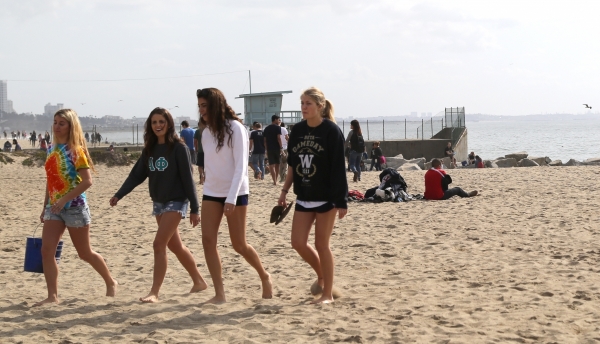 More than 1,000 cleanup volunteers canvassed Will Rogers State Beach — a Nothin But Sand record!
More than 1,000 cleanup volunteers canvassed Will Rogers State Beach — a Nothin But Sand record!



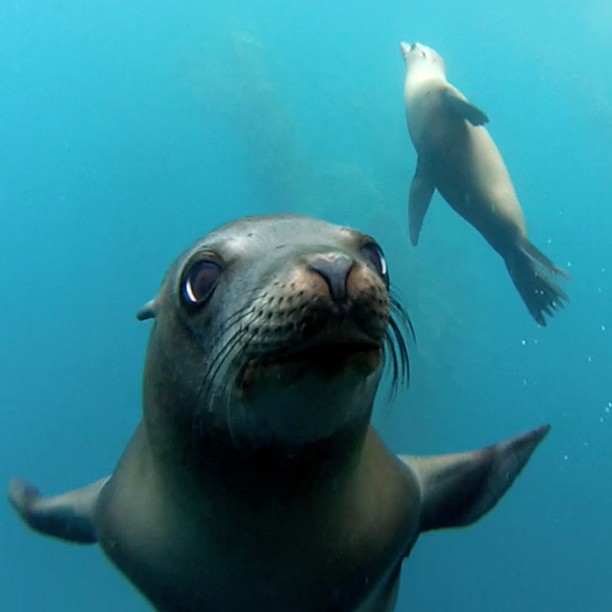 These Islands, along with
These Islands, along with 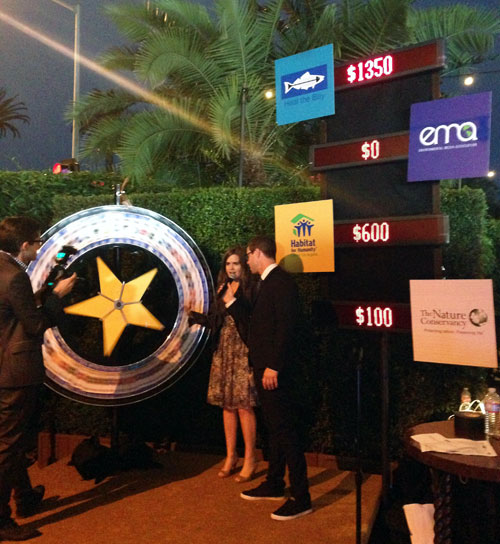 Also in the win column: We feel resplendent in our new
Also in the win column: We feel resplendent in our new 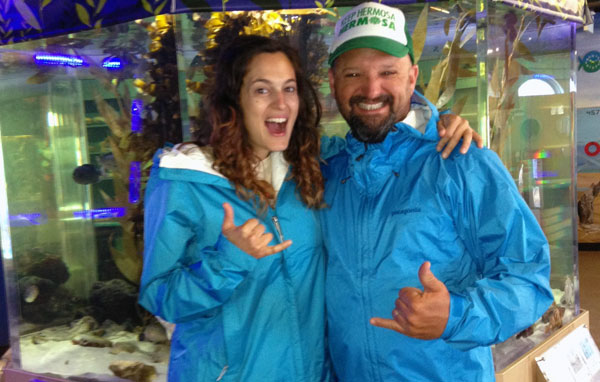

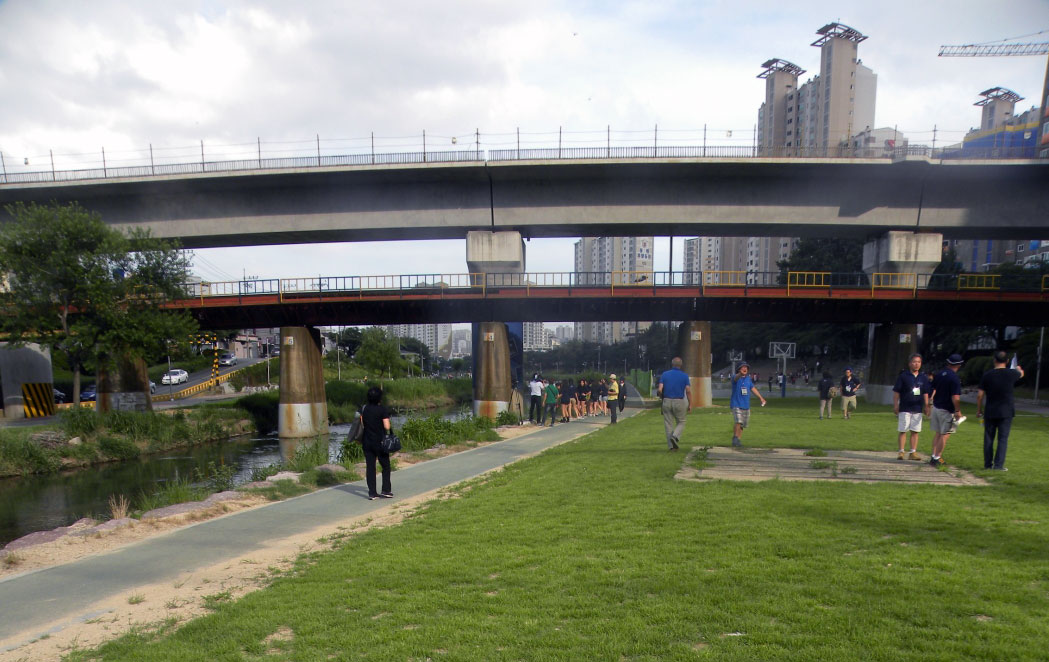 Oncheoncheon River near Busan
Oncheoncheon River near Busan
